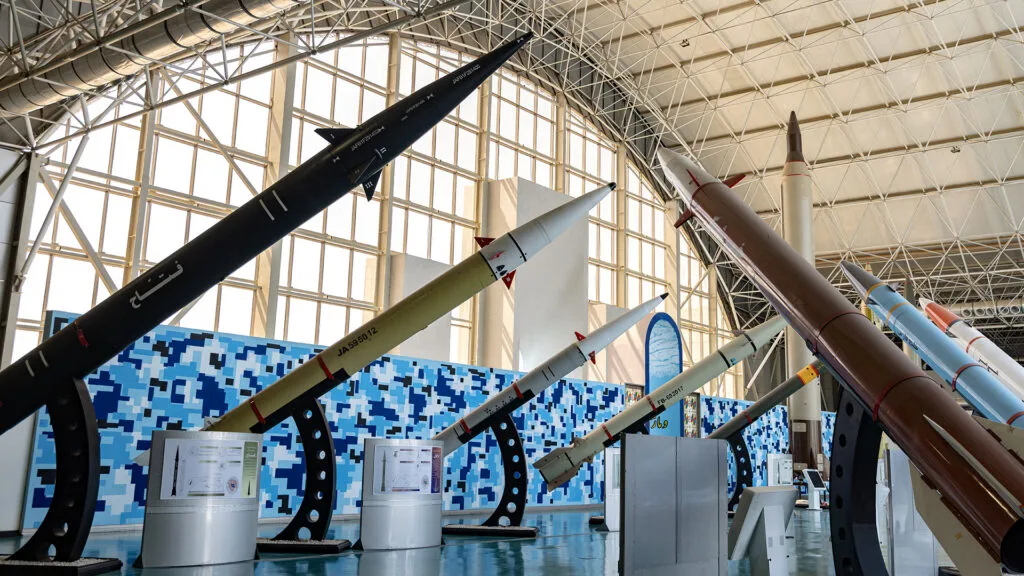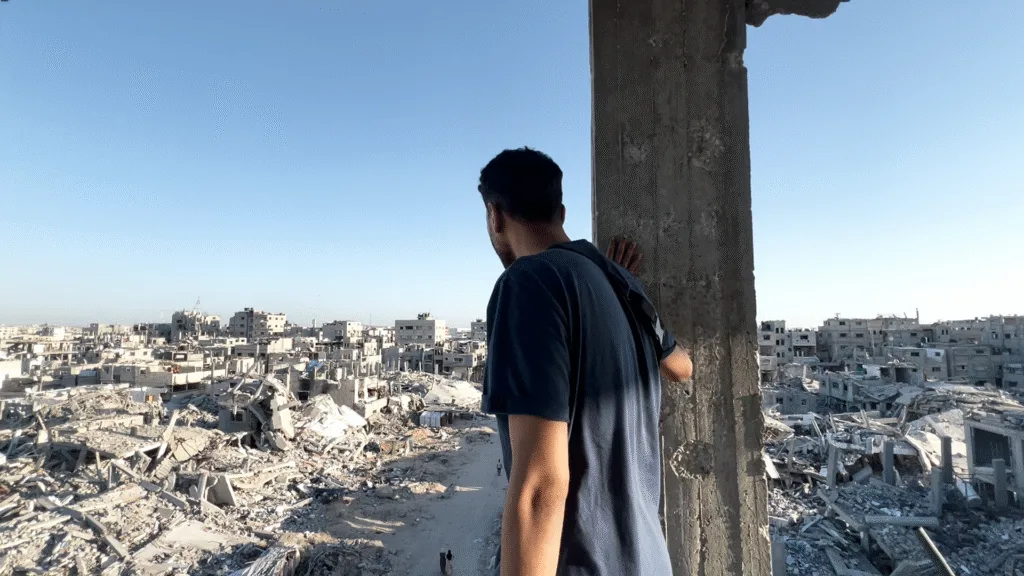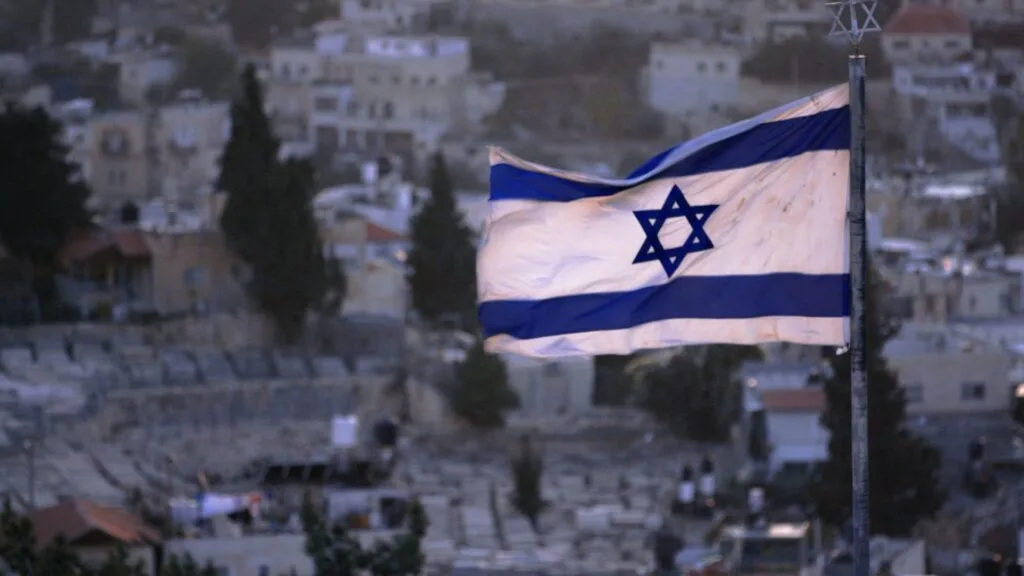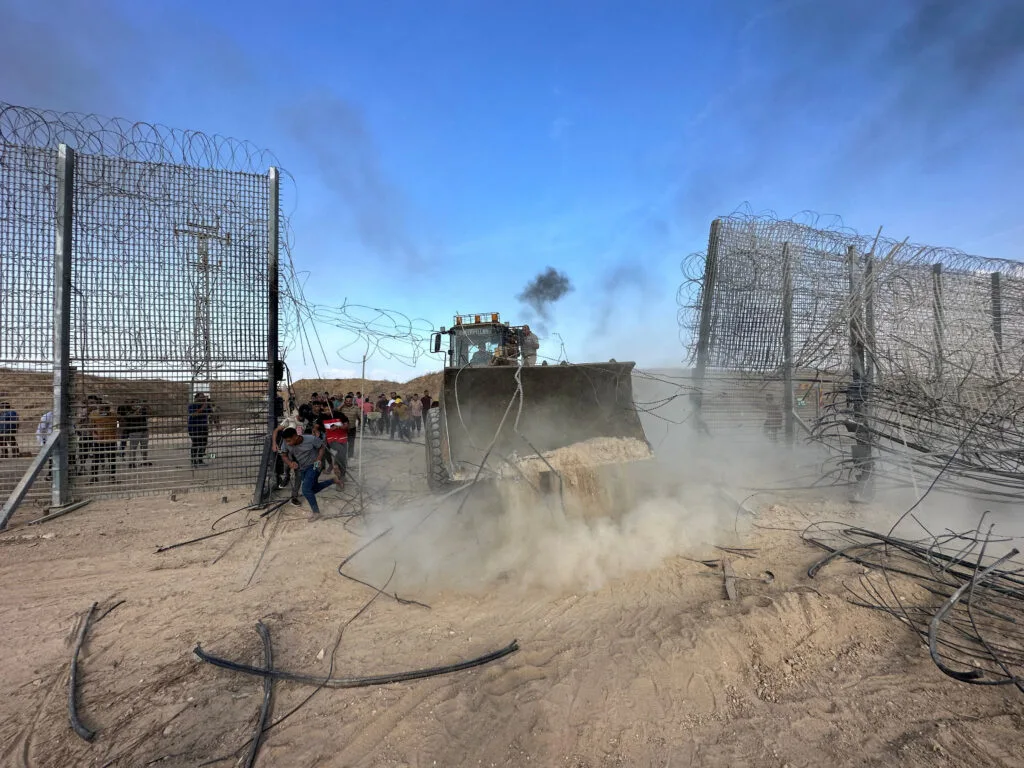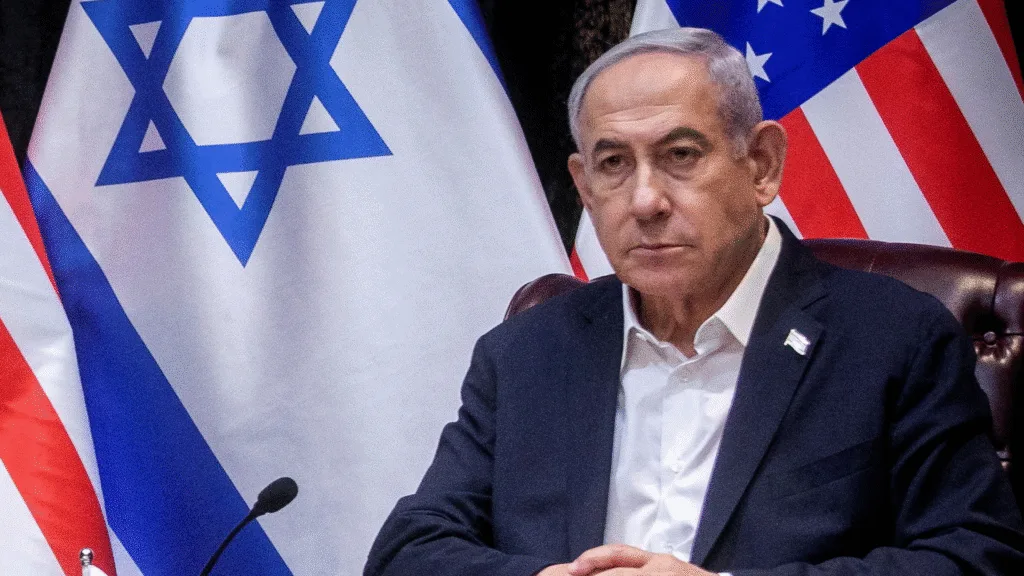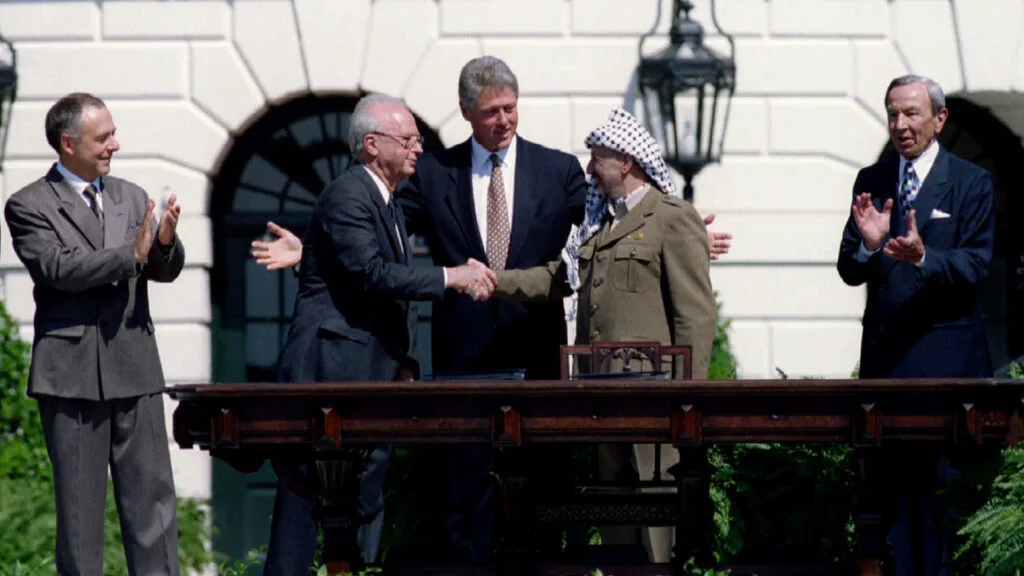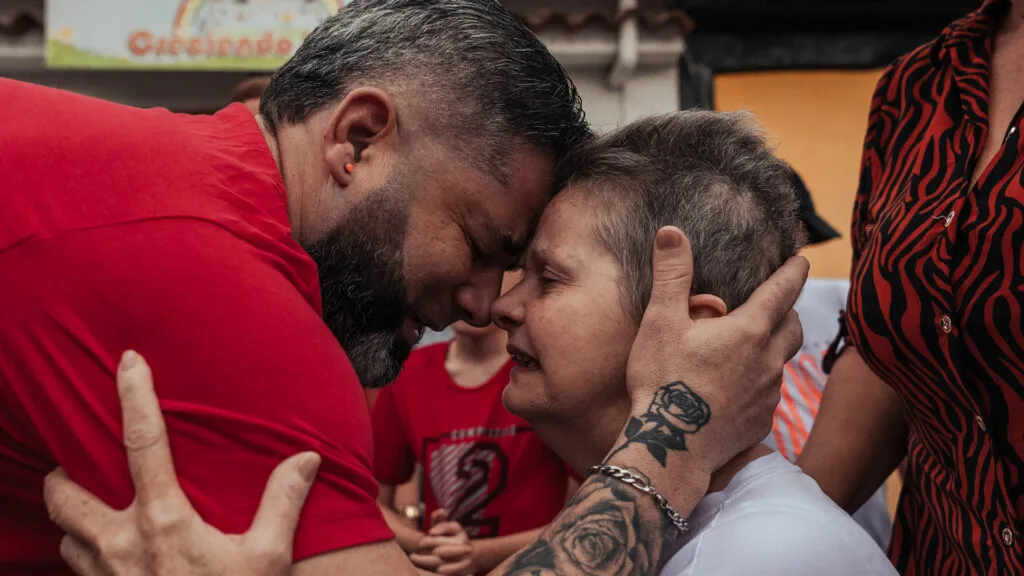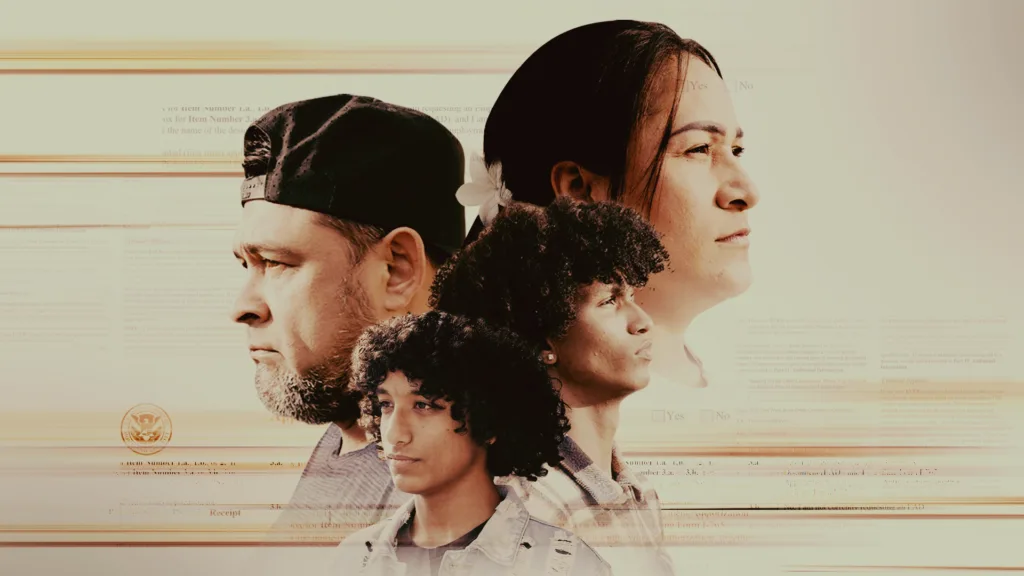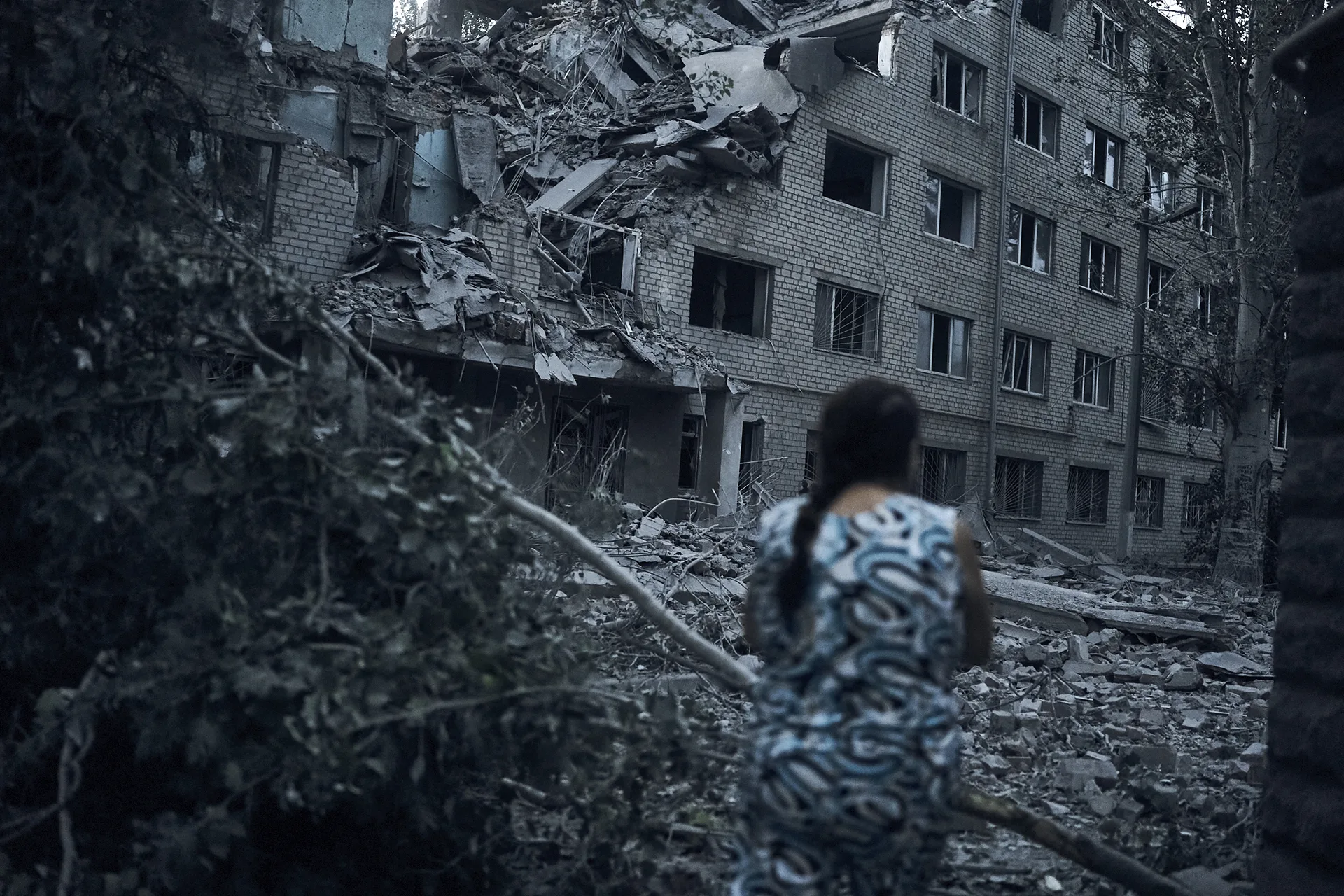U.N. Says Ukraine Bears Share of Blame for Nursing Home Attack
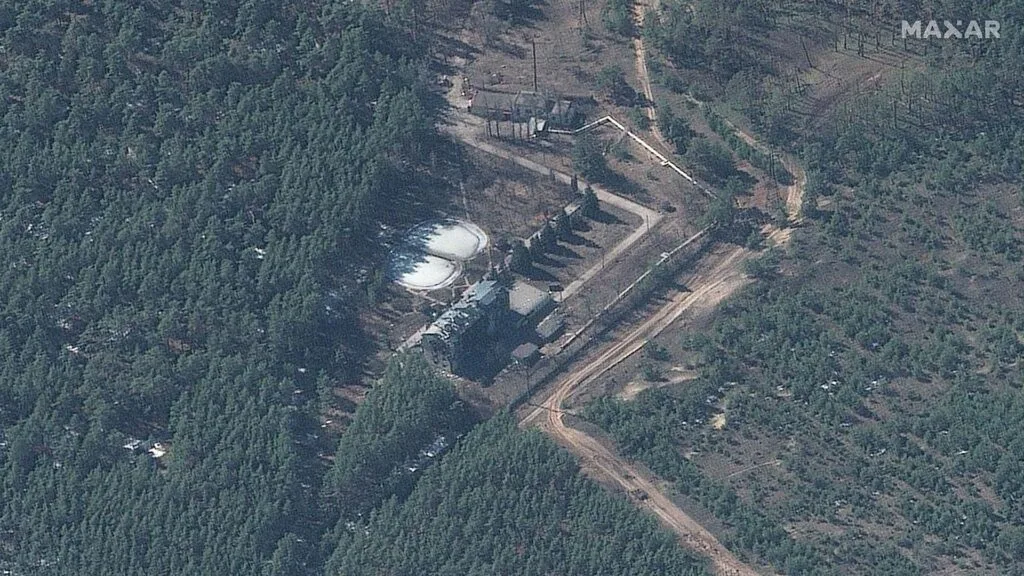
July 9, 2022
Share
Two weeks after Russia launched its invasion of Ukraine, Kremlin-backed rebels assaulted a nursing home in the eastern region of Luhansk. Dozens of elderly and disabled patients, many of them bedridden, were trapped inside without water or electricity.
The March 11 assault sparked a fire that spread throughout the facility, suffocating people who couldn’t move. A small number of patients and staff escaped and fled into a nearby forest, finally getting assistance after walking several miles.
In a war awash in atrocities, the attack on the nursing home near the village of Stara Krasnyanka stood out for its cruelty. And Ukrainian authorities placed the fault squarely on Moscow, accusing Russia of killing more than 50 vulnerable civilians in a brutal and unprovoked attack.
But a new United Nations report has found that Ukraine’s armed forces bear a large, and perhaps equal, share of the blame for what happened at the care home in Stara Krasnyanka, which is about 360 miles southeast of Kyiv. A few days before the March 11 attack, Ukrainian soldiers took up positions inside the nursing home, effectively making the building a target.
At least 22 of the nursing home’s 71 patients survived the assault, according to the U.N., “but the exact number of persons killed remains unknown.”
This story is part of an ongoing investigation from The Associated Press and FRONTLINE that includes the War Crimes Watch Ukraine interactive experience and an upcoming documentary.
The report by the office of the U.N.’s High Commissioner for Human Rights doesn’t conclude the Ukrainian soldiers or the troops from the pro-Moscow, self-proclaimed Luhansk People’s Republic committed a war crime. But it said the battle at the Stara Krasnyanka nursing home is emblematic of the human rights office’s concerns over the potential use of “human shields” to prevent military operations in certain areas.
The aftermath of the attack on the Stara Krasnyanka home also provides a window into how both Russia and Ukraine move quickly to set the narrative for how events are unfolding on the ground — even when those events may still be shrouded by the fog of war. For Ukraine, maintaining the upper hand in the fight for hearts and minds helps to ensure the continued flow of billions of dollars in Western military and humanitarian aid.
Examine the incidents: War Crimes Watch Ukraine
Russia’s frequently indiscriminate shelling of apartment buildings, hospitals, schools and theaters in Ukraine have been the primary cause for the war’s thousands of civilian casualties. Ukraine and its allies, including the United States, have rebuked Moscow for the deaths and injuries and called for those responsible to be brought to justice.
But Ukraine also must abide by the international rules of the battlefield. David Crane, a former U.S. Defense Department official and a veteran of numerous international war crime investigations, said the Ukrainian forces may have violated the laws of armed conflict by not evacuating the nursing home’s residents and its staff from the building.
“The bottom-line rule is that civilians cannot intentionally be targeted. Period. For whatever reason,” Crane said. “The Ukrainians placed those people in a situation which was a killing zone. And you can’t do that.”
The Associated Press and FRONTLINE, drawing from a variety of sources, have independently documented hundreds of attacks across Ukraine that likely constitute war crimes. The vast majority appear to be committed by Russia. But a handful, including the destruction of the Stara Krasnyanka care home, indicate Ukrainian fighters are also to blame.
The first reports in the media about the Stara Krasnyanka nursing home largely reflected statements issued by Ukrainian officials more than a week after the fighting ended.
Serhii Haidai, the Ukrainian-appointed governor of Luhansk, declared in a March 20 post to his Telegram account that 56 people had been killed “cynically and deliberately” by “Russian occupiers” who “shot at close range from a tank.” The office of Ukraine’s prosecutor general, Iryna Venediktova, said in a statement issued the same day that 56 elderly people died due to the “treacherous actions” of the Russian forces and their allies. Neither statement mentioned whether Ukrainian soldiers had entered the home ahead of the fighting.
Read more: Iryna Venediktova, The Woman Who Would Make Putin Pay
The Luhansk Regional State Administration, which Haidai leads, and the office of Ukraine’s prosecutor general did not respond to requests for comment on the U.N. report. The Ukraine prosecutor general’s office told The AP July 8 that its Luhansk division continues to investigate Russia’s “indiscriminate shelling and forced transfer of persons” from the nursing home. About 50 patients were killed in the attack, the office said, fewer than it stated in March. The prosecutor general’s office did not directly respond to the U.N. report but said the inquiry also is looking into whether Ukrainian troops had been in the home.
Moscow-backed separatists have been fighting Ukrainian forces for eight years in the mostly Russian-speaking region’s eastern industrial heartland, Donbas, that includes the Luhansk and Donetsk regions. They have declared two independent republics that have been recognized by Russia.
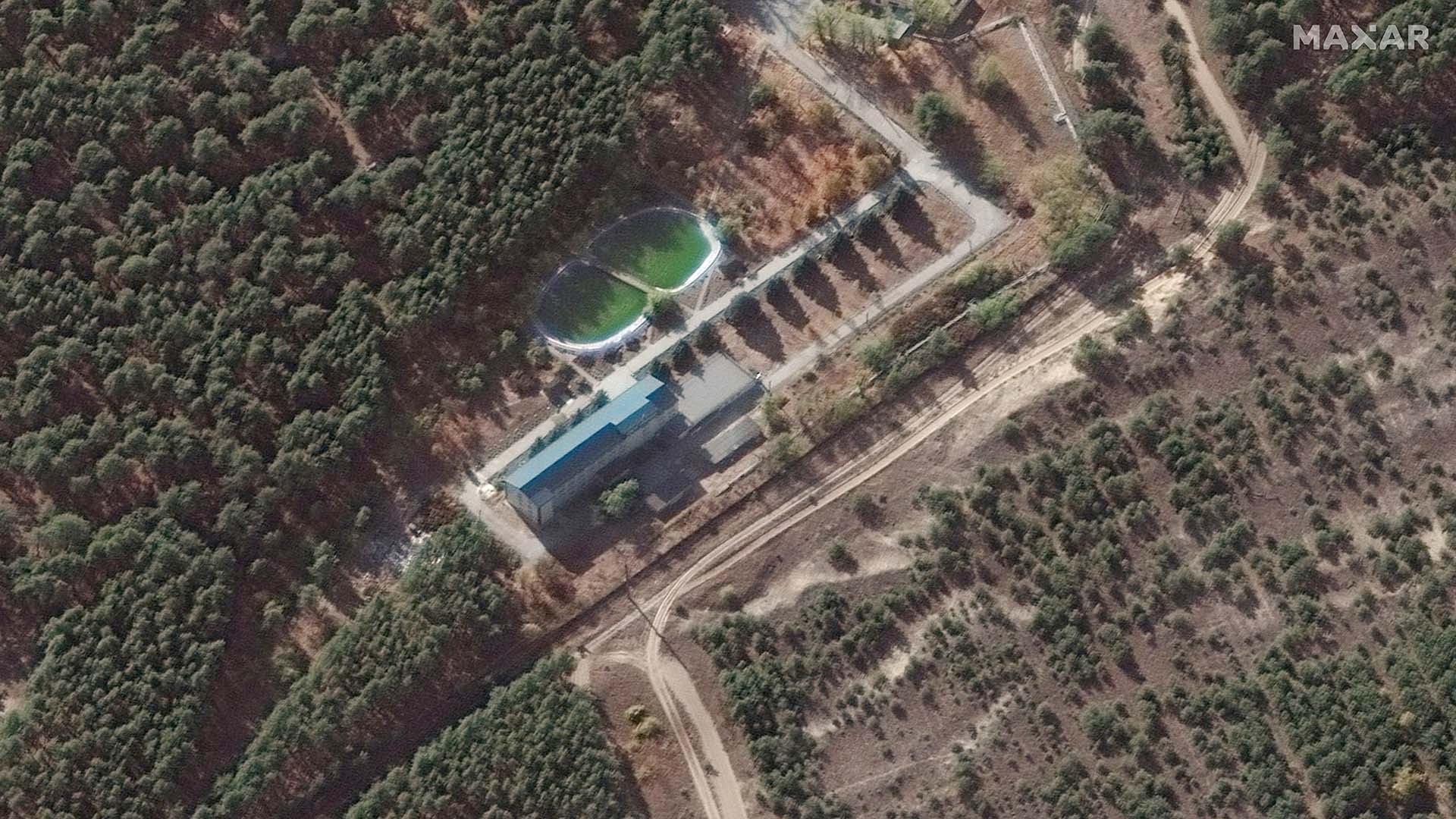
Victoria Serdyukova, the human rights commissioner for the Luhansk People’s Republic, said in a March 23 statement that the Ukrainian troops were responsible for casualties at the nursing home. The nursing home’s residents had been taken hostage by Ukrainian “militants” and many of them were “burned alive” in a fire started by the Ukrainian forces as they were retreating, she said.
The report by the office of the High Commissioner for Human Rights examined violations of international human rights law that have occurred in Ukraine since Russia invaded the country in February. The Stara Krasnyanka attack totals just two paragraphs in the 38-page report. Although brief, this short section is the most detailed and independent examination of the incident that’s been made public.
Read more: ‘This Tears my Soul Apart’: A Ukrainian Boy and an Execution
The section on the Stara Krasnyanka nursing home is based on eyewitness accounts from staff that survived the attack and information provided by relatives of residents, according to a United Nations official who wasn’t authorized to speak publicly and requested anonymity. The office of the High Commissioner for Human Rights is still working to fully document the case, the official said. Among the remaining questions are how many people were killed and who they were.
At the beginning of March, according to the U.N.’s report, “when active hostilities drew nearer to the care house,” the facility’s management requested repeatedly that local authorities evacuate the residents. But an evacuation wasn’t possible because Ukrainian forces had allegedly mined the surrounding area and blocked roads, the report said. The home is built on a hill and is near a key highway in Luhansk, which made the location strategically important.
On March 7, Ukrainian soldiers entered the nursing home, according to the U.N. Two days later, they “engaged in an exchange of fire” with the Moscow-backed separatists, “although it remains unclear which side opened fire first,” the report said. No staff or residents were injured in this first exchange.
On March 11, 71 residents and 15 staff remained in the home with no access to water or electricity. That morning, the Luhansk People’s Republic forces, which the U.N. referred to as “Russian affiliated armed groups,” attacked with heavy weapons, the report said.
Read more: Targeting Ukraine Schools, Russia Bombs the Future
“A fire started and spread across the care house, while the fighting was ongoing,” according to the U.N. An unspecified number of patients and staff fled the home and ran into a nearby forest and were eventually met by the Kremlin-backed troops who gave them assistance, according to the U.N.
A correspondent for the state-owned Russia-1 news channel gained access to the war-ravaged home after the battle and posted a video to his Telegram account in April that accused the Ukrainian soldiers of using “helpless old people” as human shields.
The correspondent, Nikolai Dolgachev, was accompanied into the building by a man identified in the video as a Luhansk People’s Republic soldier who goes by the call sign “Wolf.” The extensive damage to the building, both inside and out, is visible in the video. A body is lying on the floor. AP verified that the location in the video posted by Dolgachev is the care home by comparing it to other videos and photos of the building.
Dolgachev said the Ukrainian troops set up a “machine gun nest” and an anti-tank weapon in the home. In the video, he stops amid the rubble on one of the interior floors to rest his hand on the anti-tank weapon, which he incorrectly called a Tor. The Tor is a Russian-made surface-to-air missile.
Ian Williams, a military expert at the Center for Strategic and International Studies, reviewed the video and said the weapon is an RK-3 Corsar, a Ukraine-built portable anti-tank guided missile.
While the opposing sides blame one another for the Stara Krasnyanka tragedy, the grim reality of the nursing home attack is that much of the war in Ukraine is being fought in populated areas, increasing the potential for civilian casualties. Those deaths and injuries become almost inevitable when the civilians are caught in the line of fire.
“The Russians are the bad guys (in this conflict). That’s pretty clear,” Crane said. “But everybody is accountable to the law and the laws of armed conflict.”
Associated Press writer Lynn Berry in Washington, D.C., and photographer Zoya Shu in Berlin contributed to this report.
Editor’s Note: The AP and FRONTLINE are gathering information from organizations including the Centre for Information Resilience, Bellingcat, the International Partnership on Human Rights, the Ukrainian Healthcare Center, Human Rights Watch and Physicians for Human Rights to inform the War Crimes Watch Ukraine interactive experience.
Related Documentaries
Latest Documentaries
Related Stories
Related Stories
Explore
Policies
Teacher Center
Funding for FRONTLINE is provided through the support of PBS viewers and by the Corporation for Public Broadcasting, with major support from Ford Foundation. Additional funding is provided the Abrams Foundation, Park Foundation, John D. and Catherine T. MacArthur Foundation, Heising-Simons Foundation, and the FRONTLINE Trust, with major support from Jon and Jo Ann Hagler on behalf of the Jon L. Hagler Foundation, and additional support from Koo and Patricia Yuen. FRONTLINE is a registered trademark of WGBH Educational Foundation. Web Site Copyright ©1995-2025 WGBH Educational Foundation. PBS is a 501(c)(3) not-for-profit organization.


